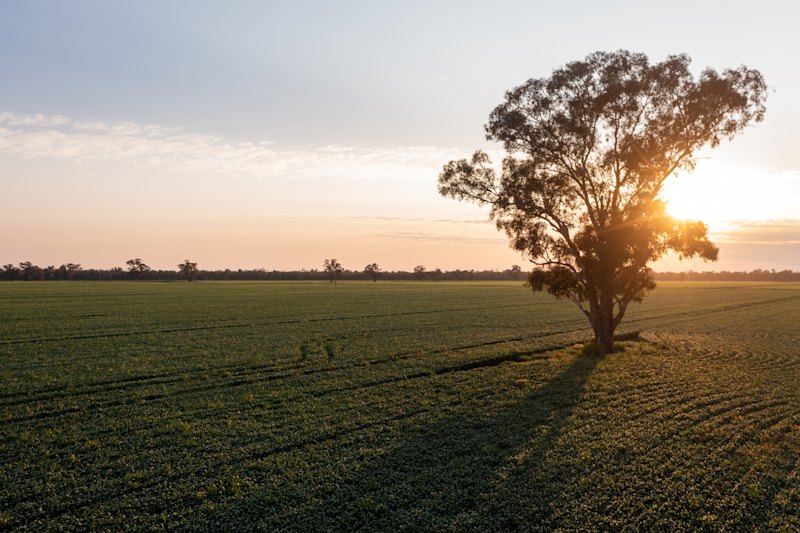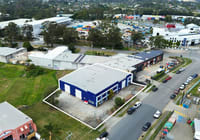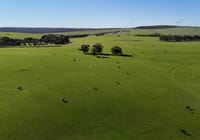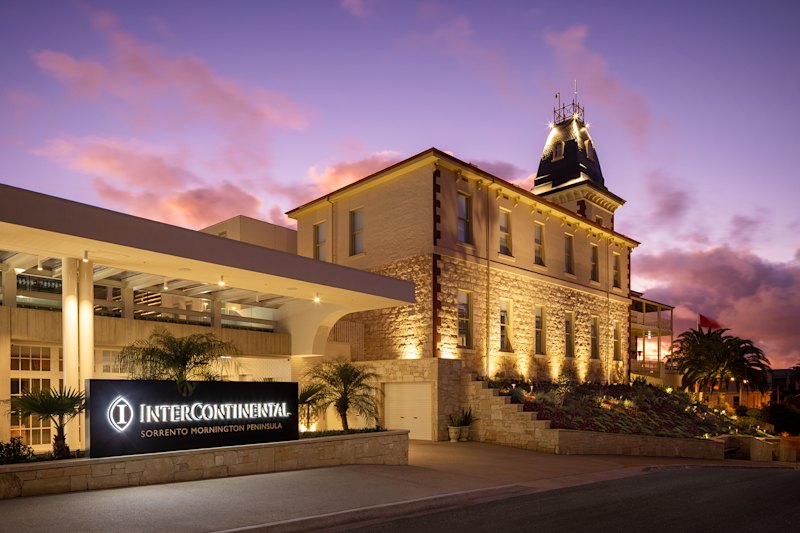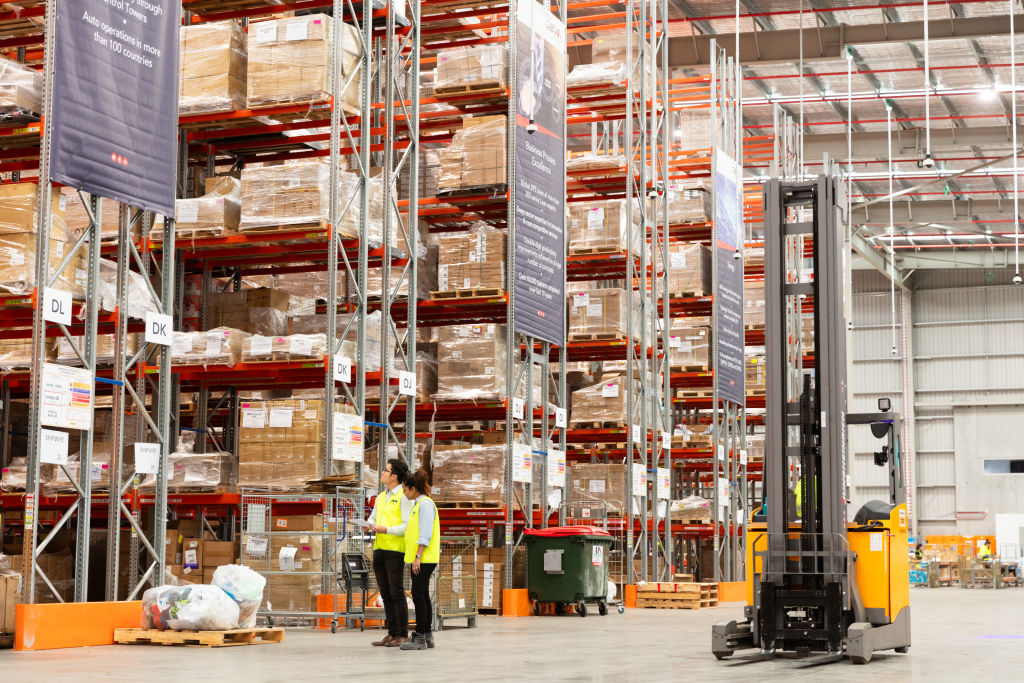
Goodbye Sydney: warehouse owners priced out of town
Australia’s logistics and warehouse operators are quietly abandoning Sydney for cheaper facilities in Melbourne and Brisbane.
“This is real,” says Stephen O’Connor, the project director at Barings Real Estate Australia, and a major investor in Sydney’s logistics real estate.
“I was involved in a transaction that went to Melbourne,” he told a public hearing on Tuesday into the cost of dealing with storm water in Sydney’s major industrial release area.
The hearing, into the Mamre Road stormwater scheme review by the Independent Pricing and Regulatory Tribunal of NSW (IPART), sounds mind-numbing.
But the cost of dealing with storm water around the new Western Sydney Airport – the Western Sydney Aerotropolis – is crucial to the future of large format industrial and logistics operations in Sydney.
And the resulting transport and storage charges will flow on to the cost of living in Sydney, even to the cost of building a new home.
Unlike the Victorian and Queensland governments, Macquarie Street does not have a statutory commitment to the long-term provision of land for industry and logistics.
Melbourne and South East Queensland both have more than 10 years supply of serviced industrial land but Sydney has less than one year of supply according to Esther Cheong, the director of Atlas Economics who prepared reports on the availability of industrial land, and its broader effects on the Sydney economy, for the Mamre Road Landholders Group.
Ben Hendriks, the founder and executive chair of urban planning and development advisory firm, Mecone warns that the constraints on development – the availability of services, the patchwork of green and blue corridors, and the fragmented ownership – effectively reduces further the ability of even zoned land to accommodate large scale modern facilities.
The results show in today’s graphics from Cushman and Wakefield. Industrial land values across Sydney have soared and prime occupancy costs – net rent and outgoings – are now 85 per cent higher in than in Melbourne.
A year ago, CBRE’s regional director of industrial and logistics, Cameron Grier, warned my colleague, Larry Schlesinger, that total occupancy costs were becoming unaffordable in Sydney with many logistics operators focusing elsewhere.
“We have seen one major group do that to Melbourne,” he told me last week. “They were priced out of Sydney.”
JLL’s head of supply chain in Australia, Richard Phillips, says the “centre of gravity for national distribution has moved from Sydney to western Melbourne.”
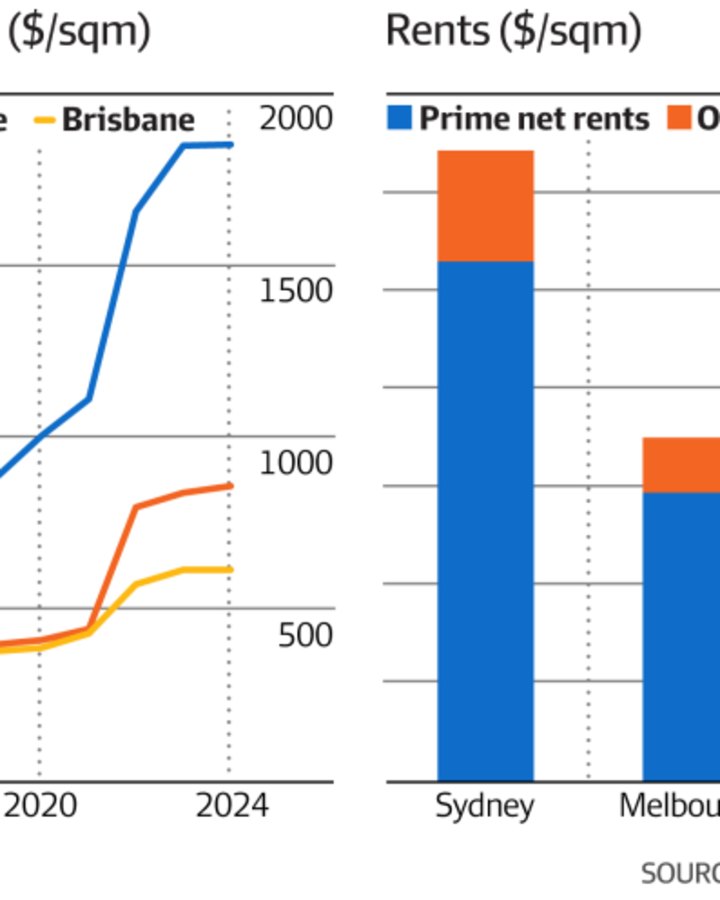
He points to the much lower cost base in Melbourne, not just in land but in building and people, to the certainty of delivery on Melbourne facilities and to Melbourne’s population growth and labour availability.
“Third-party logistics providers are attempting to offer the best cost scenarios to their customer base,” he says.
A number of large construction supply chain businesses have also ruled out further warehouse expansion in Sydney according to Infosys Portland, the supply chain expert advising the Mamre Road Landholders Group.
“Ideally, we would like to stay in Sydney and use the existing network to meet demand,” the general manager of an Australian manufacturer of structural products told Infosys. “However the high property cost in Sydney makes this unfeasible.”
The 150,000 kitchen sinks needed each year to meet Sydney’s share of the national housing accord could well be stored in Melbourne warehouses and trucked to Sydney, adding another layer of cost to new homes in the city.
NSW Ports took a similar view in its submission this year to the NSW government’s freight policy reform consultation paper.
“Industrial lands are a key ingredient for liveable, prosperous cities,” it warned.
“Planning policies must recognise the need to unlock new – and protect existing – industrial lands to ensure Greater Sydney remains sustainable for future generations.”
The submission argued that unless the decline of industrial land in Sydney was halted the city would have fewer job opportunities, increased cost of goods, longer wait times for delivery, and increased congestion and higher truck emissions as goods travelled longer distances.
Cheong from Atlas says Sydney’s national competitiveness is at stake.
“The industrial sector is integral to all aspects of our economy with direct implications for the cost of doing business, business investment, employment and ultimately the cost of living for households,” she says.
“Until now it has been a silent crisis. But once businesses sign a long lease outside NSW, they are not likely coming back.”
So do those in charge of land supply understand? Rental growth has actually eased in the past year. And there aren’t any empty sheds with “gone to Melbourne” on the roller doors.
The NSW Minister for Planning and Public Spaces, Paul Scully, says the government inherited a shortage of serviced industrial land and had been forced to catch-up.
“The NSW government understands the critical role industrial lands play in creating and accommodating jobs and businesses while generating a significant portion of the state’s economic output for our growing population,” he says.
The Mamre Road precinct, which could provide around three years supply of industrial land, and set the metrics for the much larger opportunities in the broader Aerotropolis, will be a test of that understanding.
The Coalition government rezoned the precinct four years ago, and developers piled in, but very few new facilities have emerged, whilst the market waited for new roads – now committed by the NSW and Commonwealth governments – and for a resolution to the surprise cost of stormwater infrastructure.
Developers, using NSW government figures, assumed that the contribution to storm water reticulation would be no more than $266,000 a hectare.
Sydney Water calculated a figure over $1 million per hectare, well above the contribution in other Sydney precincts and way above anything in Melbourne.
The Property Council and the Urban Development Institute of Australia argued the figure involved “significant costs which cannot be feasibly be borne by industry” and which would likely stall development.
IPART has now come up with a draft figure of $850,000 a hectare which it claims is “reasonable and affordable”.
The developers disagree. O’Connor from Barings told Tuesday’s hearing that if the model was adopted for the broader Aerotropolis, investors would have to fund $8 billion in storm water costs.
“Industry will not purchase in the Aerotropolis with that uncertainty and with rates at these levels,” he said. “There will be paddocks around the runways.”
Robert Harley is The Australian Financial Review’s former property editor. Email Robert at rob@rharley.com.au


